 Saint Elizabeth Ann Seton was born into a prominent “Brahmin” family in America – that is to say, one of the long-standing, well-established and wealthy families of the United States of America which formed a new home-grown American aristocracy.
Saint Elizabeth Ann Seton was born into a prominent “Brahmin” family in America – that is to say, one of the long-standing, well-established and wealthy families of the United States of America which formed a new home-grown American aristocracy.Saint Elizabeth came from the Bayley family of New York City, a family of prominent Episcopalian Protestants.
She was married to a wealthy ship-owner, William Magee Seton, at the age of 19 and had 5 children, 2 sons and 3 daughters. William suffered the loss of numerous ships and his fortunes went into a reverse and he was forced to go into bankruptcy. This affected his health and he and his family travelled to Italy in the hope that he might recuperate there.
William did not improve and sadly died whilst he, Elizabeth and the family were in Italy.
Elizabeth was left alone and was taken in, with the children, by a local Catholic family who looked after them and cared for them.
During that time she was much influenced by, and learned much about, the Catholic faith. So much was she affected by what she learned and experienced of the faith that Elizabeth became a Catholic herself, 2 years later on 14 March 1805.

This cost her the support of her family and friends who, having the strong prejudices against the Catholic Church so typical of many American Protestants of the time, in effect, shunned her for her courageous decision. She was left to her own devices and therefore had now to support herself despite the fact that her parents were very wealthy.
She therefore started a school in Baltimore, Maryland. Her school struggled along for a time but eventually failed due to the anti-Catholic bigotry and prejudice then prevailing in the country.
This failure was followed by several difficult years of penury and hardship. This did not defeat her spirit but rather strengthened all the more her heroic resolve to dedicate herself to God and mankind and she responded to the challenge of such difficulties by deciding to start a new religious community in Emmitsburg, Maryland, dedicated to the care of the children of the poor.
As part of her new commitment St Elizabeth founded the first free school in the United States to educate young girls to live by the great religious values and truths.
She named her new community the Sisters of Charity of St Joseph and it enures to this day with some 6 independent communities stemming from these humble beginnings.
This new life brought St Elizabeth Ann even more crosses to bear and she had, like many a religious foundress, much to suffer by way of misunderstanding from friends and enemies alike, from personal hostilities and from other such hardships and trials. To cap it all she lost 2 of her daughters as well as other relatives and even 2 sisters in her community.
Eventually, after many hardships bravely and nobly borne, she herself succumbed to tuberculosis and she died at the age of 46, mourned, loved and admired, a truly great lady and a great American.
Her remains are entombed in the Basilica that bears her name: the Basilica of the National Shrine of Saint Elizabeth Ann Seton.

She was declared “venerable” on 18 December 1959 and beatified by Pope John XXIII on 17 March 1963. She was canonized by Pope Paul VI on 14 September, the Feast of the Triumph of the Holy Cross, 1975.
The Feast Day of Saint Elizabeth Ann Seton is 4 January.
“We must pray literally without ceasing—without ceasing—in every occurrence and employment of our lives . . . that prayer of the heart which is independent of place or situation, or which is rather a habit of lifting up the heart to God as in a constant communication with Him.”
[Saint Elizabeth Ann Seton]
St Elizabeth Ann Seton, pray for us!

...







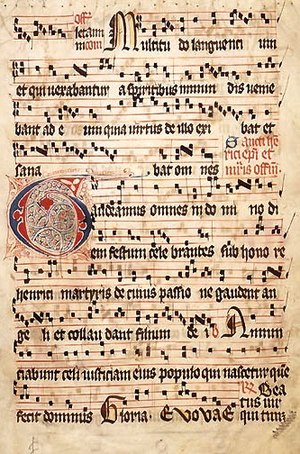

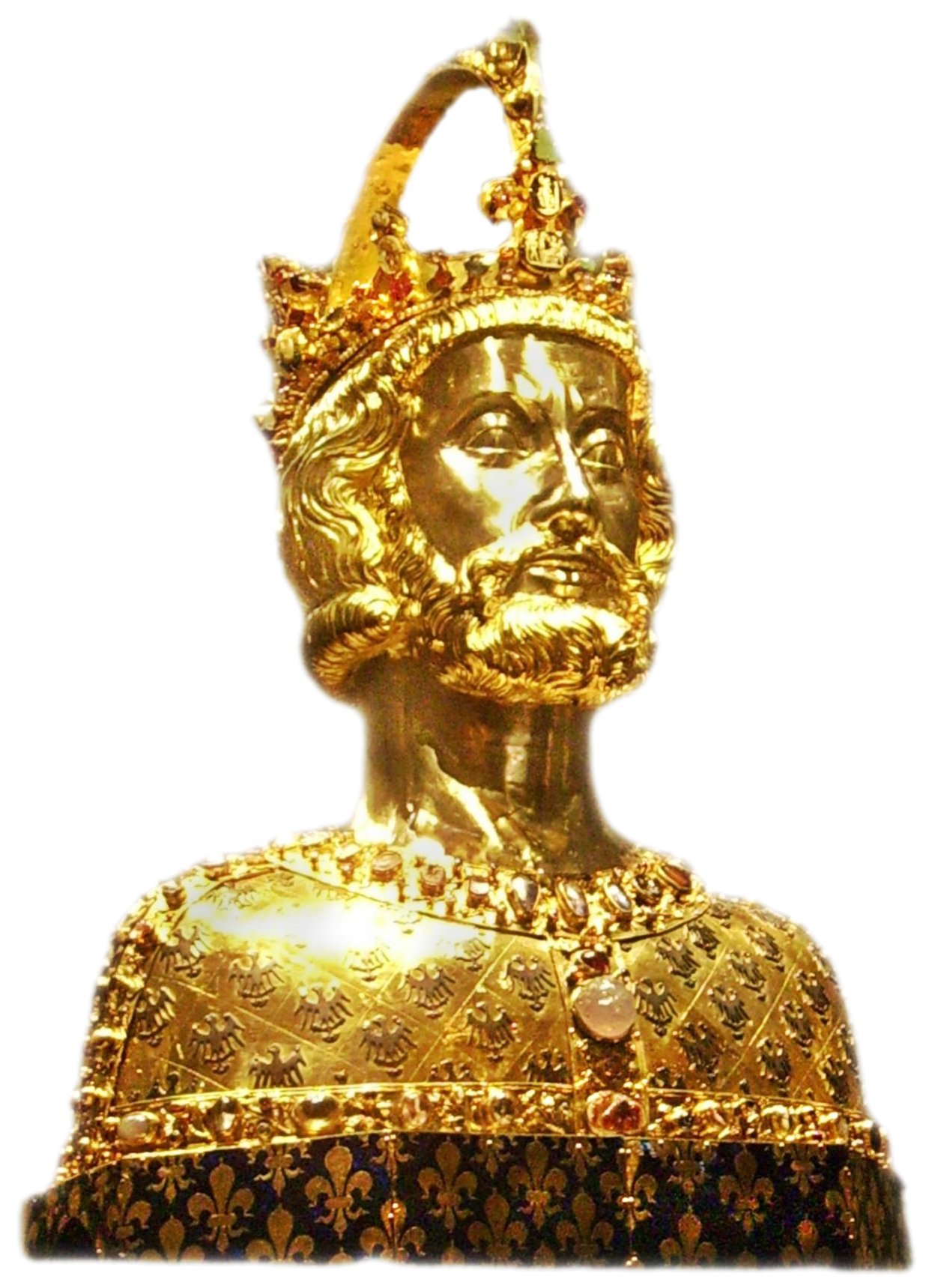
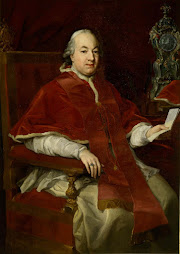


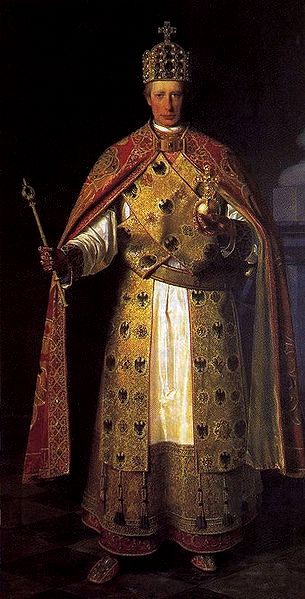

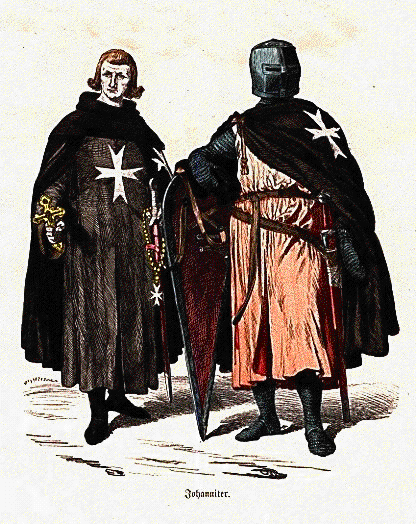

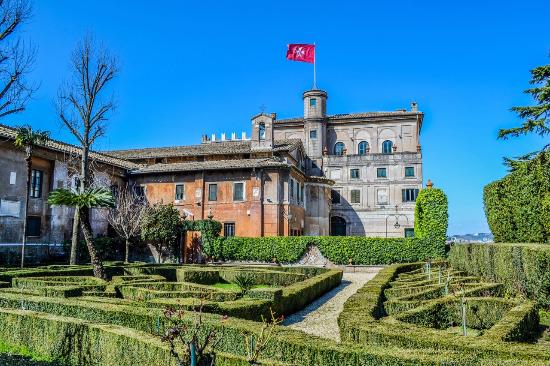


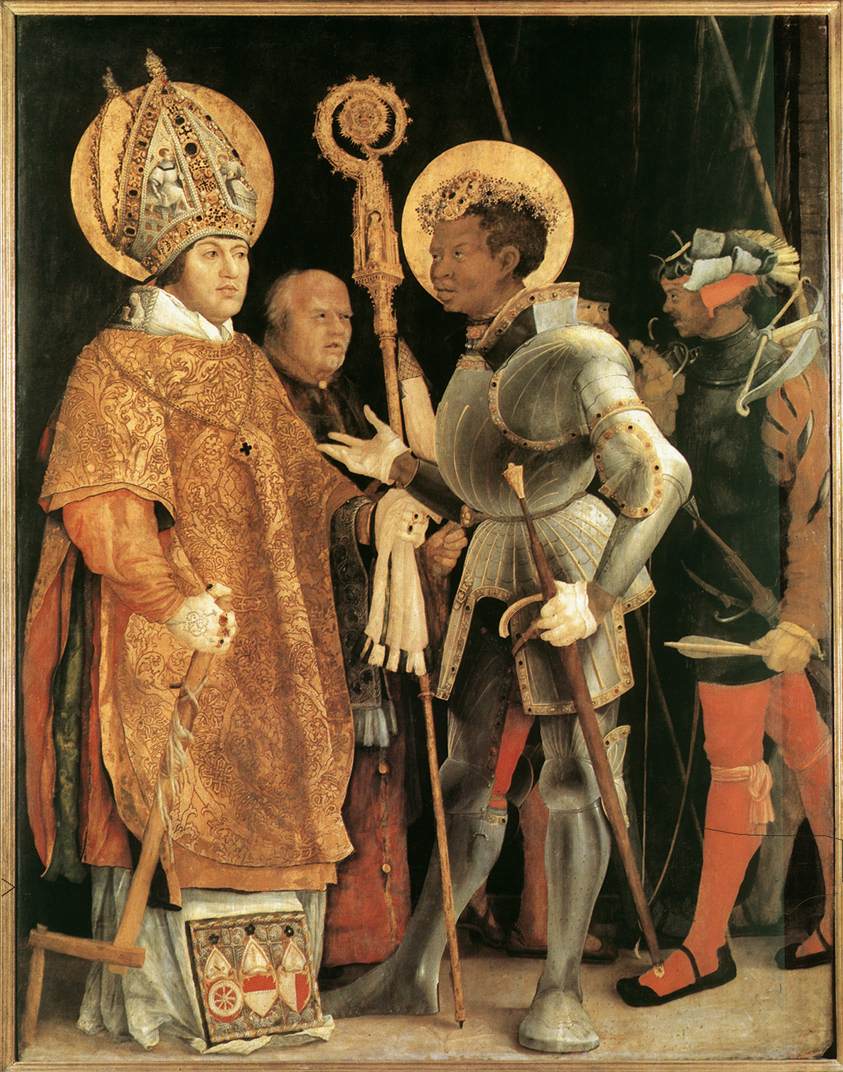
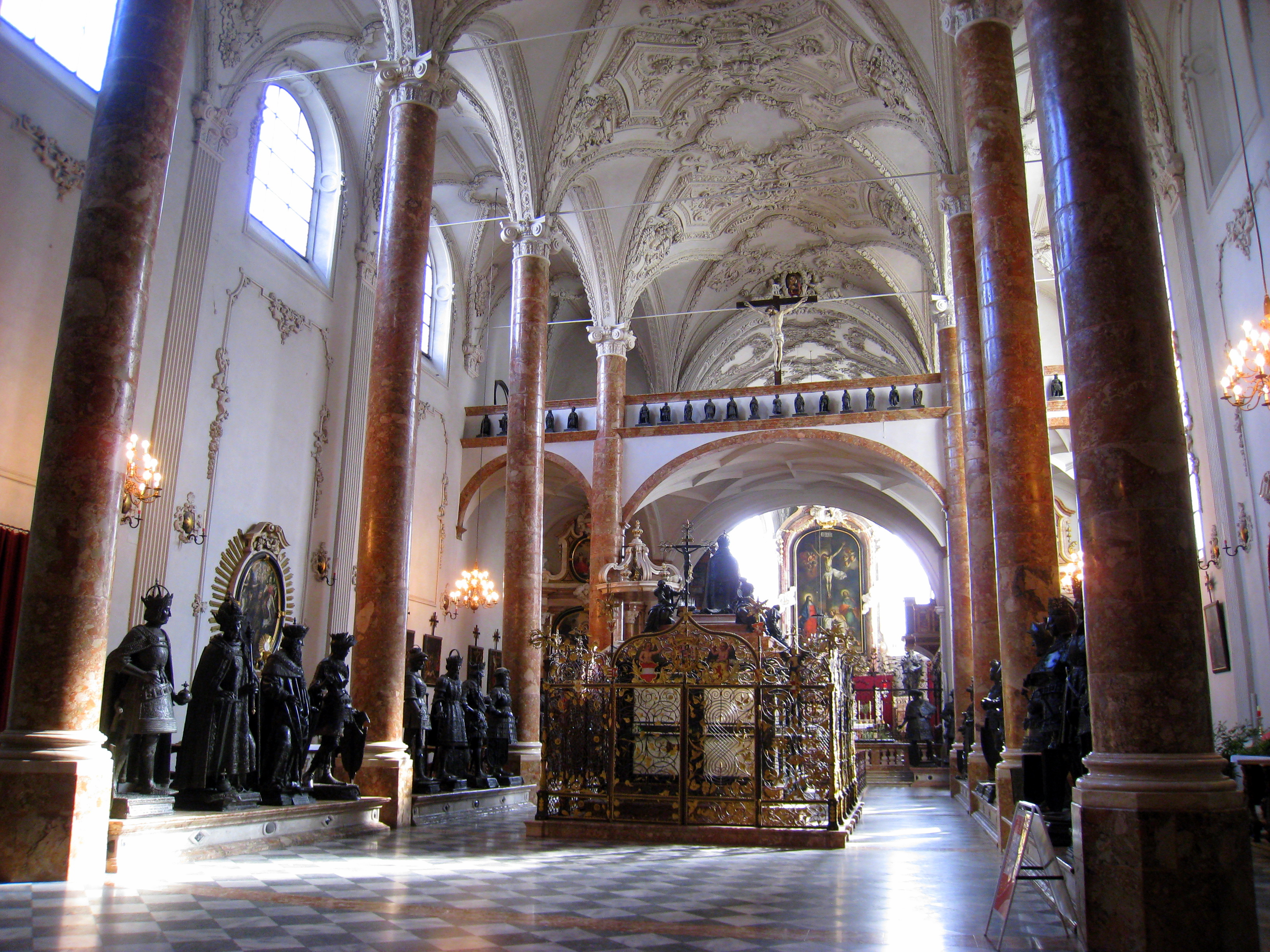

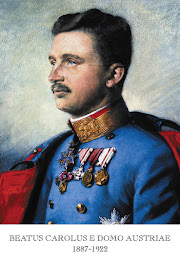
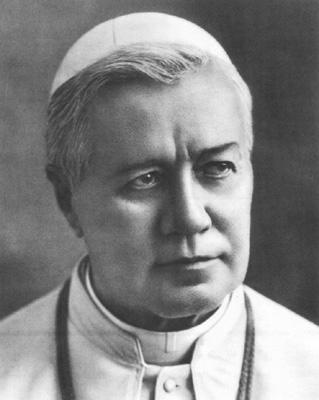

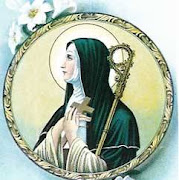


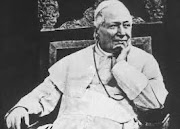
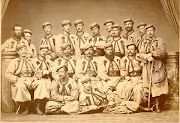
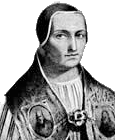
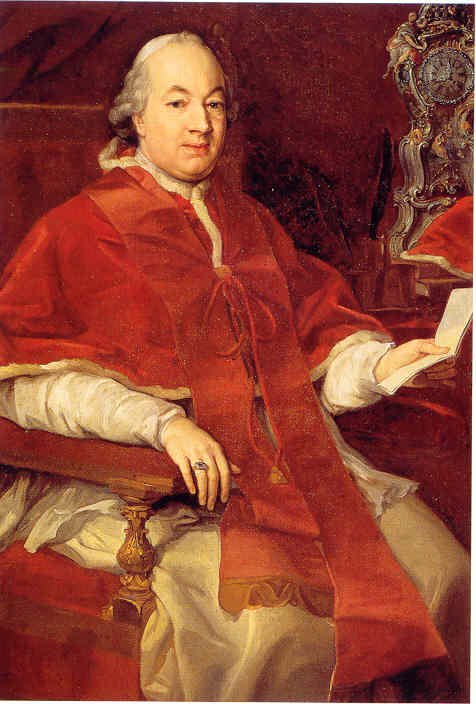
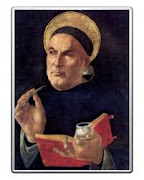




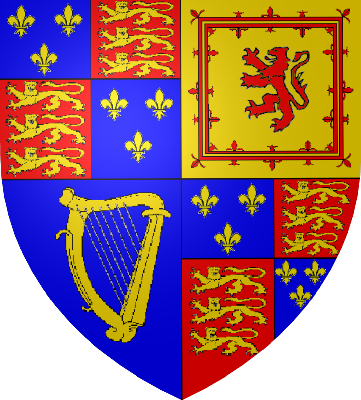
_-002.jpg/220px-Circle_of_Anton_Raphael_Mengs,_Henry_Benedict_Maria_Clement_Stuart,_Cardinal_York_(ca_1750)_-002.jpg)

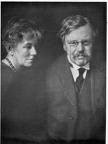

2 comments:
Thank you for the post. Last May I had the opportunity to visit Mother Seton's shrine in Emmitsburg, MD. It is a beautiful place, the town also being home to Mount St. Mary's University, the second-oldest Catholic university in the USA. In the museum at Mother Seton's shrine, a display mentions that upon hearing of her conversion, her onetime mentor (and future Episcopal Bishop of New York) John Henry Hobart conveyed that her soul was in danger because of her decision. Further information on their interaction can be found here. So her courage can be seen even more in the midst of this kind of harrowing condemnation in addition to social ostracizing. Mother Seton also has a shrine at Our Lady of the Rosary Church in New York, one of the few buildings of her era left standing in lower Manhattan. Also, Seton's half-nephew James Roosevelt Bayley would serve as Catholic Bishop of Newark, NJ during the Civil War and then later be appointed to the primatial see of Baltimore.
I was also interested to make the New York connection between Mother Seton and Venerable Pierre Toussaint, with whom I had not been familiar prior to reading a previous post you had written about him. You had included a quote from General Philip Schuyler about Toussaint being the epitome of a Christian gentleman. Interestingly, Schuyler was the father-in-law of eminent New York resident Alexander Hamilton, political opponent of Thomas Jefferson mentioned by me in a previous post.
Woops . . . I found out I was wrong in referring to Baltimore as the "primatial" American see, although it is the oldest.
Post a Comment